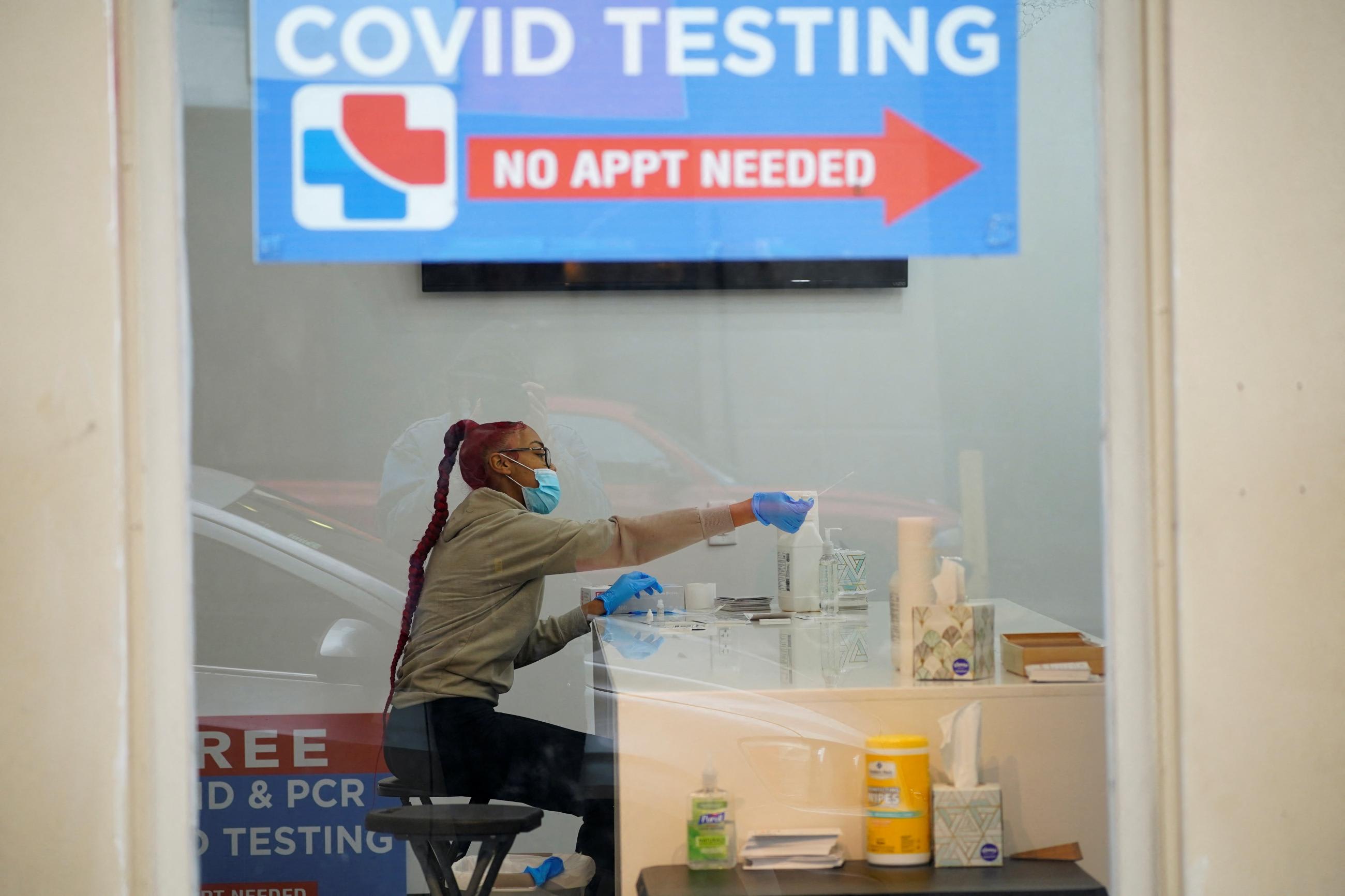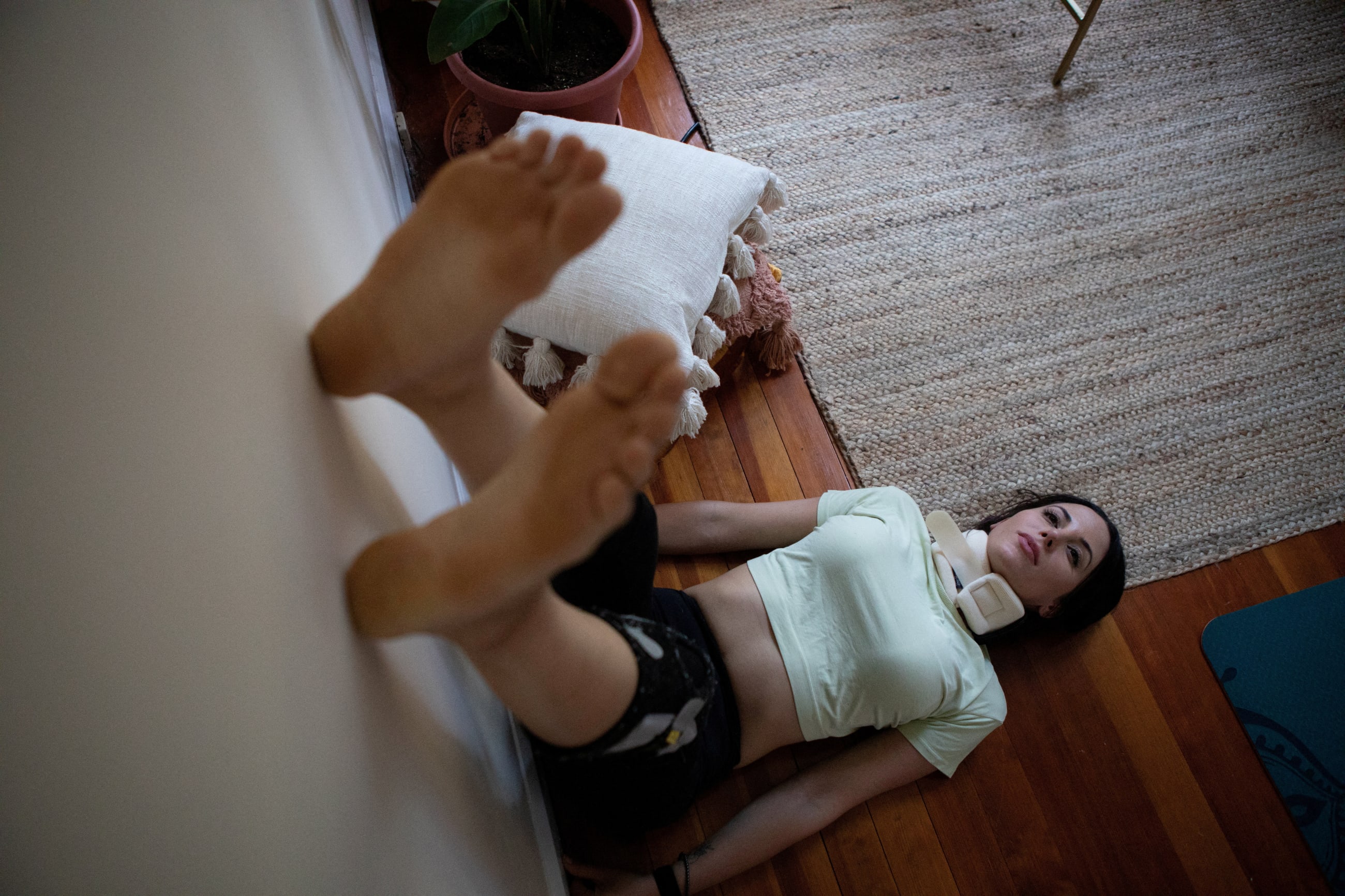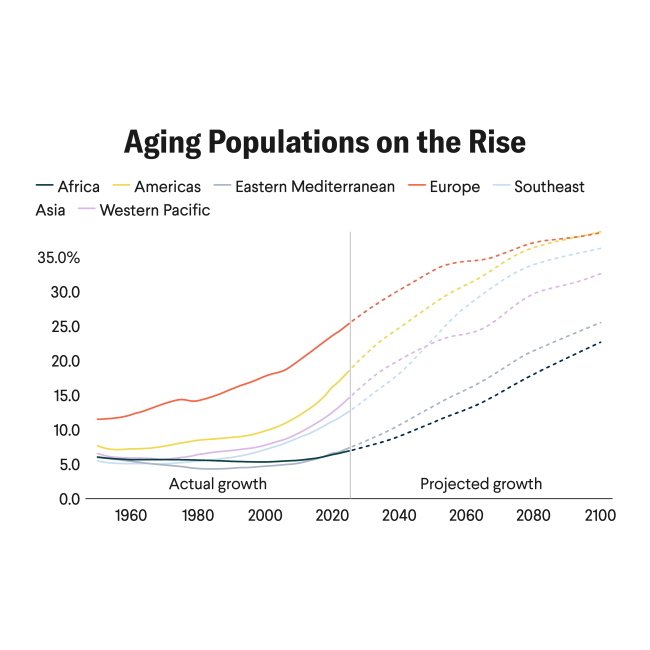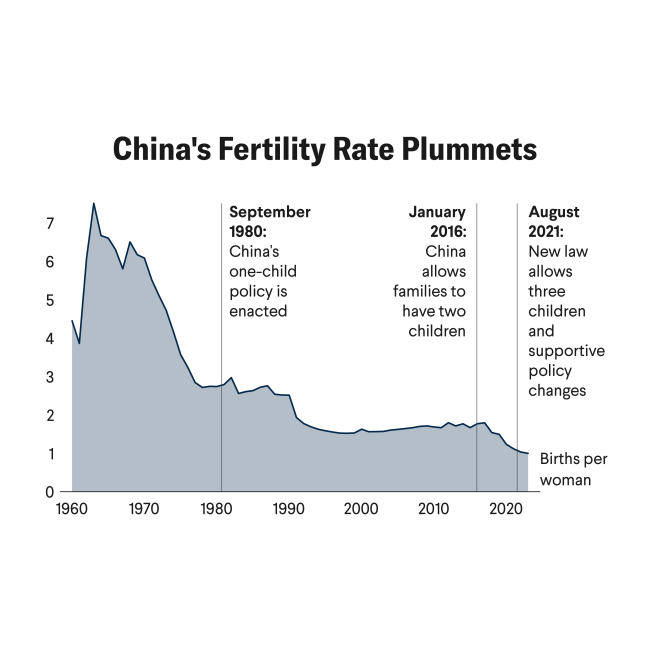If you are reading this, chances are you have had COVID-19 at least once. The tell-tale symptoms are exceedingly familiar: fatigue, body aches, headache, sore throat, dry cough, difficulty breathing, brain fog. Most people recover. But for some, these symptoms can linger for months or years after the virus is no longer detectable in their bodies, especially if they experienced a severe infection and/or were hospitalized due to COVID-19.
This phenomenon is called long COVID. Researchers have categorized long COVID into three groups of symptoms—persistent fatigue (including body pain or mood swings), respiratory problems (cough, shortness of breath, easily tired during activity), and cognitive problems (confusion or memory difficulty). People with long COVID can suffer from multiple symptom groups. Each of these symptom clusters creates challenges with daily activity.
Researchers with the Global Burden of Disease study, a project led by the Institute for Health Metrics and Evaluation, estimate that about 6 percent of people will experience at least one of these symptom clusters three months after COVID-19 disease onset, and about 1 percent will still have them one year after onset.
Prevalence of Long COVID Symptoms
These percentages may seem small until you consider the enormous number of people worldwide who have had COVID-19 over the past three years. This means that there is a substantial new group of people who are experiencing chronic respiratory, fatigue, and cognitive problems. Approximately one in ten women, one in twenty men, and one in forty children and adolescents with COVID-19 had at least one of these three symptom clusters at three months post-infection in 2020 and 2021. People living with these conditions should receive support, treatment, and recovery plans, but the likelihood of them accessing these resources is far from certain despite the emergence of some long COVID clinics.
Unfortunately, before COVID-19 arrived, there were already tens of millions of people with chronic pain and fatigue who needed help but struggled to find it. For example, in the United States, as of 2018, only about fifteen doctors specialized in chronic fatigue syndrome, also known as myalgic encephalomyelitis. Myalgic encephalomyelitis/chronic fatigue syndrome (ME/CFS) is a painful and debilitating condition. "[With long COVID], we're adding an immense volume of patients to an already dysfunctional and overburdened system," said Beth Pollack, an MIT researcher and an expert in chronic conditions, in an interview with Ed Young for The Atlantic.
Cures for Chronic Pain and Fatigue Remain Elusive
Global statistics on pain are grim—three of the top five causes of disability worldwide are pain related. Low back pain is responsible for more days lost to ill health than any other cause of disability, headaches are the third leading cause, and other musculoskeletal disorders are the fifth leading cause. To varying degrees, there are pharmaceutical, therapeutic, and self-care options that can help alleviate the symptoms associated with pain disorders. These include nerve blockers or narcotics, physical therapy, and stress management or relaxation techniques.
One in 10 women, 1 in 20 men, and 1 in 40 children and adolescents with COVID-19 had at least one of three symptom clusters
A major challenge, however, is that a variety of injuries, diseases, or even infections, could be the underlying source of the pain, making it hard to pinpoint and treat the root cause. Pain without an explanation—that doesn't link to an abnormal blood test or x-ray—does not always receive enough clinical attention. For example, fibromyalgia and ME/CFS affect millions of people in the United States, but there are scarce data on what causes the chronic pain and fatigue that characterize these conditions. Nina Muirhead, a dermatological surgeon who worked four days a week for the United Kingdom's National Health Service before developing ME/CFS, described her experience living with the condition in a video from the organization The Solve ME/CFS Initiative.
"Every little thing—closing the curtains, brushing my hair, brushing my teeth, everything, all day long, was exhausting," Muirhead said. "Having to accept that you need to take a different path in life because of chronic illness is quite hard."
ME/CFS places a huge burden on population and individual level health—an estimated 75 percent of people with ME/CFS are unable to work. The causes of some chronic musculoskeletal pain syndromes, like ME/CFS, are not well understood. While symptoms can be controlled through health-promoting behaviors such as gentle exercise like tai chi or yoga, maintaining a healthy diet and body weight, and meditation, there are no cures or pharmaceutical treatments for these syndromes beyond pain management. Opioids are frequently prescribed for chronic pain despite evidence indicating that they are not better at managing chronic pain than over-the-counter pain medications. Because opioids are responsible for serious side effects and dependency, reducing dependence on opioids as a treatment option is extremely pressing given the devastating consequences of addiction.
A Connection Between COVID-19 and Other Chronic Pain and Fatigue Conditions
Similar to long COVID, acute viral infection is one hypothesis explaining the onset of chronic musculoskeletal pain syndromes. Some common viruses, like Epstein-Barr (mononucleosis), Ross River, and pandemic influenza have been associated with the development of fibromyalgia and ME/CFS. Some of the symptoms of long COVID mimic these syndromes. Researchers believe that viral infections might trigger these long-term symptoms due to ongoing inflammation and low-grade immune response, auto-immune processes, dysregulation of hormonal or metabolic systems, or through other mechanisms.
Gender Disparities—a Common Theme
Long COVID appears to affect women more than men. In fact, according to research from IHME, more than 60 percent of people with long COVID were female, and the prevalence of long COVID was about two times greater in women (10.6 percent) compared to men (5.4 percent). Likewise, the prevalence of arthritis (2.4 times), musculoskeletal disorders (1.4), low back pain (1.4), and headache (1.2) are all greater in women compared to men. While not definitive, some proposed explanations for these disparities include women experiencing increased sensitivity to pain (perhaps an effect of hormones or nerve function), differences in immune systems and higher prevalence of auto-immune disorders, a higher risk of arthritis or bone fractures. Even social factors, such as the prevalence of stress, may affect women differently from men.
Prevalence of Neurological Pain, Respiratory, and Related Disorders
by Gender
A Need and an Opportunity
Attention to long COVID may help improve the management and treatment of chronic pain and fatigue in many millions of people around the world. The U.S. National Institutes of Health has launched the RECOVER Initiative, which includes more than thirty research centers where research will be conducted to better understand the long-term effects of COVID-19. In Europe, long COVID clinics operated by the National Health Service in the United Kingdom, outpatient centers covering all regions of Norway, and public grants for long COVID research and care have all emerged to meet the need for care and treatment.
Knowledge and data from these efforts can help others with chronic pain and fatigue conditions. Research for diagnostics to help identify people with chronic musculoskeletal pain and fatigue, a better understanding of the biological and underlying causes, and medical and behavioral therapeutics could help people manage their symptoms and improve their quality of life. Chronic pain has long been underrecognized and underappreciated in the medical community and public awareness of its effect on quality of life is poor. Long COVID presents an opportunity to change that.

AUTHORS' NOTE: In the absence of quality data that allow disaggregation by gender, we utilize data that disaggregate by sex, with the understanding that outcomes for people outside the gender binary are often less equitable than they are for cis women or men.
EDITOR'S NOTE: The authors are employed by or affiliated with the University of Washington's Institute for Health Metrics and Evaluation (IHME). IHME collaborates with the Council on Foreign Relations on Think Global Health, and leads the Global Burden of Disease study referenced in this post. All statements and views expressed in this article are solely those of the individual author and are not necessarily shared by their institution.
ACKNOWLEDGMENTS: The authors would like to thank Rebecca Sirull for fact-checking assistance and Tamara Gibbs-Franklin for providing feedback.












